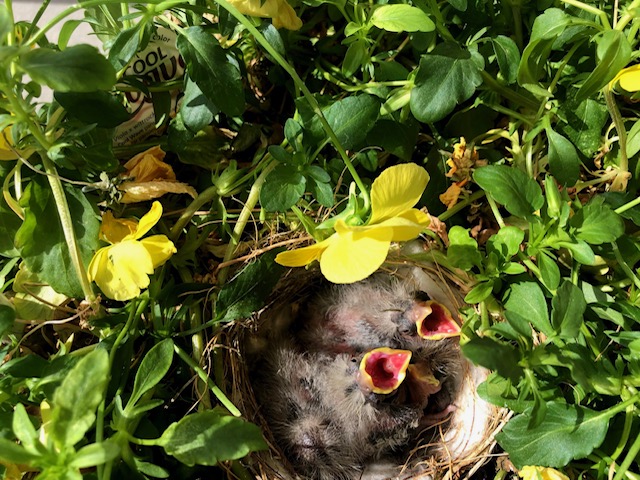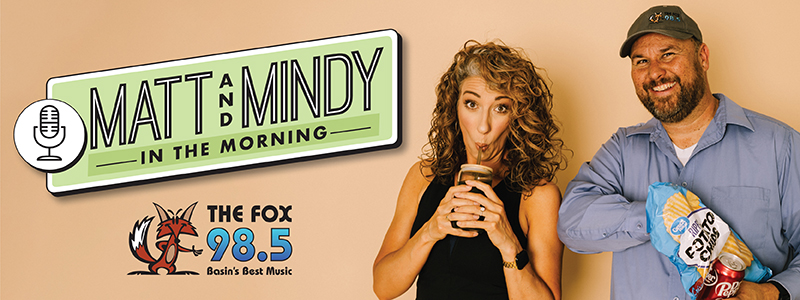The Division of Wildlife Resources has issued their annual reminder on what to do if you see a baby bird on the ground and yes, this is considered a significant enough of a topic to warrant an annual announcement.
The most common baby birds that people find are robins which nest in trees and swallows which build their mud nests in eaves and on the sides of houses. If you find a baby bird on the ground, there are a few things you should do. If the bird is very small and still featherless, you should place it back in its nest. If you can’t find the nest, put the bird on a branch safely out of reach of dogs and cats. The baby will squawk, and its parents will find it.
Unlike with some other wildlife species, you don’t need to be concerned about leaving your scent on the bird. Most birds do not have a good sense of smell so if you pick up a baby bird, its parents won’t even know you’ve handled it. However, you should never take a baby bird home. Most birds are protected by state and federal laws, and it is against the law in Utah to possess wild animals without special permits.
Another rule of thumb is if a baby bird is hopping around and has feathers, leave it alone. Finally, never feed a baby bird. You may be trying to help but you are doing more harm than good.
Learn more at wildlife.utah.gov.
DWR: What To Do If You See A Baby Bird On The Ground




